Admiring Tokyo’s grand scale from above is a chance to capture stunning panoramic photos and one of the best ways to truly appreciate the vastness of this unmistakably distinctive metropolis. Tokyo has several free observation decks that are easily accessible, but for an unparalleled experience, Tokyo Skytree is a must-visit destination. So, let’s discover Japan’s capital city from a whole new perspective.
The Tallest Tower in Japan… or the World?
Tokyo Skytree is the tallest tower in Japan, standing at a record-breaking height of 634 meters. While it is no longer the tallest tower in the world, it still holds the title for the tallest telecommunications tower at its 634-meter stature, and this height wasn’t chosen randomly. In Japanese, the numbers 6-3-4 can be read as ‘mu-sa-shi,’ evoking the ancient Musashi region that included present-day Tokyo, Saitama, and part of Kanagawa Prefecture. This number is both nostalgic and easy to remember, at least for Japanese people.
The choice of color for the Tokyo Skytree also holds special significance. The outer lattices are painted in a shade officially named “Skytree White,” inspired by the traditional Japanese color aijiro. This is the lightest shade of indigo, paying homage to traditional Japanese dyeing techniques.
As darkness falls each evening, the tower comes alive with its LED lights, showcasing three different lighting patterns: iki, inspired by the spirit of Edo; miyabi, representing aesthetic; and nobori, symbolizing liveliness.
Construction of Skytree began in 2008, based on a design by architect Tadao Ando and sculptor Kiichi Sumikawa, and it officially opened to the public in 2012. But what is the purpose of this towering structure? Primarily, it functions as a telecommunications tower, yet it aims to showcase Japanese culture and technology to the world while revitalizing its Tokyo neighborhood. Additionally, Skytree contributes to natural disaster management: designed to withstand the most violent earthquakes, it supports communication and disaster relief efforts.
What the Tokyo Skytree Observation Decks Are Like
Tokyo Skytree has three main sections accessible to visitors. The first five floors (housing the ticket offices, two souvenir stores, and the Tokyo Solamachi shopping complex) and the two observatories can be reached by the Tembo Shuttle, Japan’s fastest elevator.
The first observatory, called the Tembo Deck, spans from the 340th to the 350th floor. On the 340th floor, thrill-seekers can walk on a section of clear-glass flooring. The main viewing platform is on the 350th floor, offering a 360-degree view. At the Skytree Cafe, you can enjoy a coffee or drink while overlooking the Kanto Plain. For an unforgettable meal, Sky Restaurant 634 on the 345th floor has tables with equally stunning views through the floor-to-ceiling windows.
Continuing with the Tembo Shuttle, you’ll reach the second observatory: the Tembo Gallery, which starts on the 445th floor. The viewing platform follows the building’s circumference, allowing visitors to walk along a corridor from the 445th to the 450th floor. The highest point, called “Sorakara,” is an impressive 451.2 meters high. From here, the view is breathtaking, as if you’re walking through the clouds, with special sound and soft light effects enhancing the experience.
What the Views Look Like Throughout the Day from Tokyo Skytree
The large windows of the observatories offer spectacular 360-degree views, extending up to 70 kilometers away. On clear days, you can even see Mount Fuji. The view is remarkable at any time of day, from the early morning when the light makes the Sumida River glow.
Consider scheduling a sunset visit for a more romantic experience when the sky transitions from orange to pink to the enchanting blue hour. Recently, the tower has extended its opening hours until 10pm, allowing you to witness Tokyo light up with thousands of twinkling lights beneath a starry sky.
How to Buy Tokyo Skytree Tickets
Tokyo Skytree tickets can be conveniently purchased either in advance online or on the day at the on-site ticket offices. You can choose between a more affordable ticket granting access to the Tembo Deck only or the combination ticket for both the Tembo Deck and the Tembo Gallery (please note that there isn’t a Tembo Gallery-only ticket option). Prices vary depending on age and whether it’s a weekday or holiday. Online tickets can be bought up to 30 days in advance. On the day of your visit, you must pick up your actual tickets at the facility by presenting the QR code.
Special ticket combinations are also available, offering tower admission and entry to nearby attractions like the aquarium or planetarium. For those planning an evening visit, there’s a discounted “Night View Ticket,” which includes admission to the Tembo Deck and a free drink.
[the_ad id=”100189″]
Things to Do Around Tokyo Skytree
When planning your visit to Tokyo Skytree, make sure to allocate enough time to enjoy the view from the top and explore the surrounding area. You’ll find many entertainment options at the foot of the tower in Tokyo Skytree Town. Whether indulging in retail therapy at the Tokyo Solamachi shopping mall (great for buying souvenirs) or immersing yourself in the wonders of marine life at the Sumida Aquarium, there’s something for everyone to enjoy.
In the area beneath the elevated railroad tracks, nestled between Skytree and the Asakusa district, you’ll find Tokyo Mizumachi, a complex of shops and restaurants. It’s the perfect spot for a stroll along the Kitajukken River until it merges with the Sumida. And if your visit happens to be during the cherry blossom season, nearby Sumida Park offers a lovely setting for hanami.
Skytree symbolizes technology and modernity, creating an intriguing contrast with its surrounding area. Situated in the Sumida district, next to Asakusa, it resides in what is known as shitamachi, the “lower town,” which preserves the retro charm of Tokyo’s more working class neighborhoods.
While you are at Skytree, consider combining a tour of Asakusa’s sights. Here is a tip: don’t shy away from venturing into lesser-known areas. Nearby Ryogoku Station is known for sumo wrestling, but it’s also where the famous artist Hokusai was born and where the Sumida Hokusai Museum now stands in his honor.
Nearby, the Edo-Tokyo Museum offers a glimpse into the city’s rich history – although it’s currently temporarily closed for renovations and scheduled to reopen sometime in late 2025 or early 2026. For second-timers or visitors searching for an offbeat Tokyo experience, we suggest the Kinshicho area, with the Kameido Tenjin Shrine known for its plum and wisteria blossoms.
How to Get to Tokyo Skytree
Tokyo Skytree’s opening hours vary depending on the day. They typically start at 10am on weekdays and either 8am or 9am on holidays. To be safe, we suggest checking the official Tokyo Skytree website for the latest information. For convenient access by train or subway, you can hop off at Tokyo Skytree Station on the Tobu Skytree Line or Oshiage Station on the Hanzomon Line of Tokyo Metro and the Toei Asakusa Line. Alternatively, a direct bus shuttle service called Tokyo Skytree Shuttle is available from Ueno Station or Haneda Airport.
We all know Tokyo’s reputation as a sprawling metropolis, but only when you see it from above can you truly grasp its grand scale. Don’t miss out on this awe-inspiring perspective. If you’re up for a leisurely day that blends shopping, strolling through the shitamachi, and taking in breathtaking views, make sure to add Tokyo Skytree to your itinerary.
Translated from Italian by Stefania Da Pont
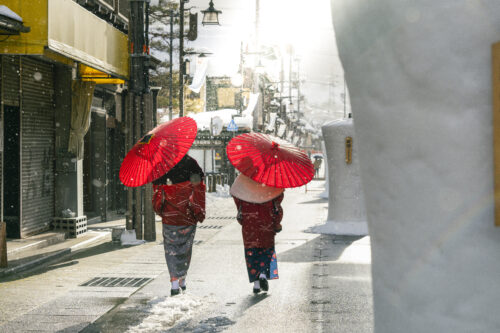
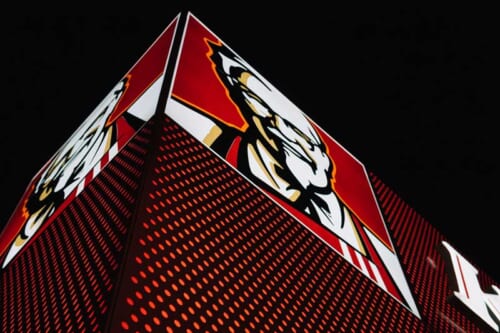

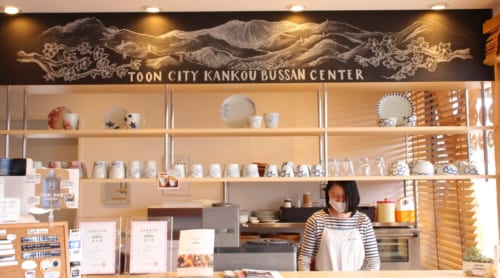
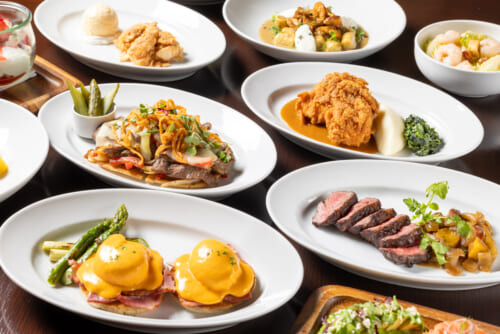

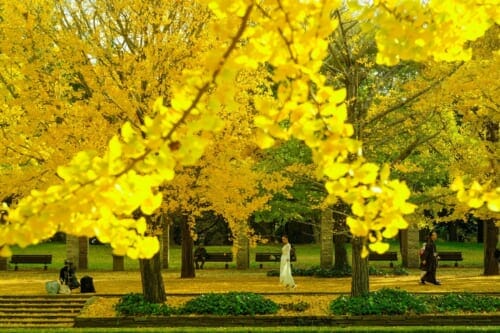
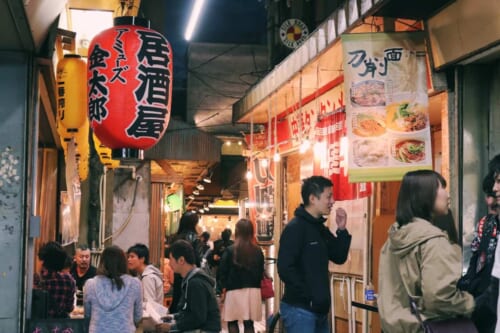
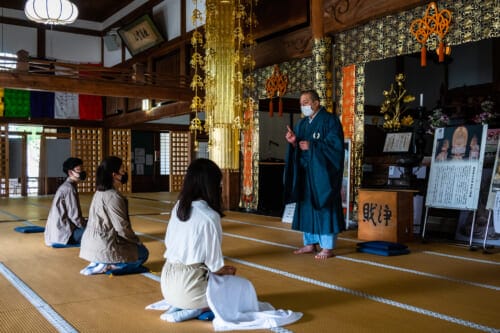


No Comments yet!